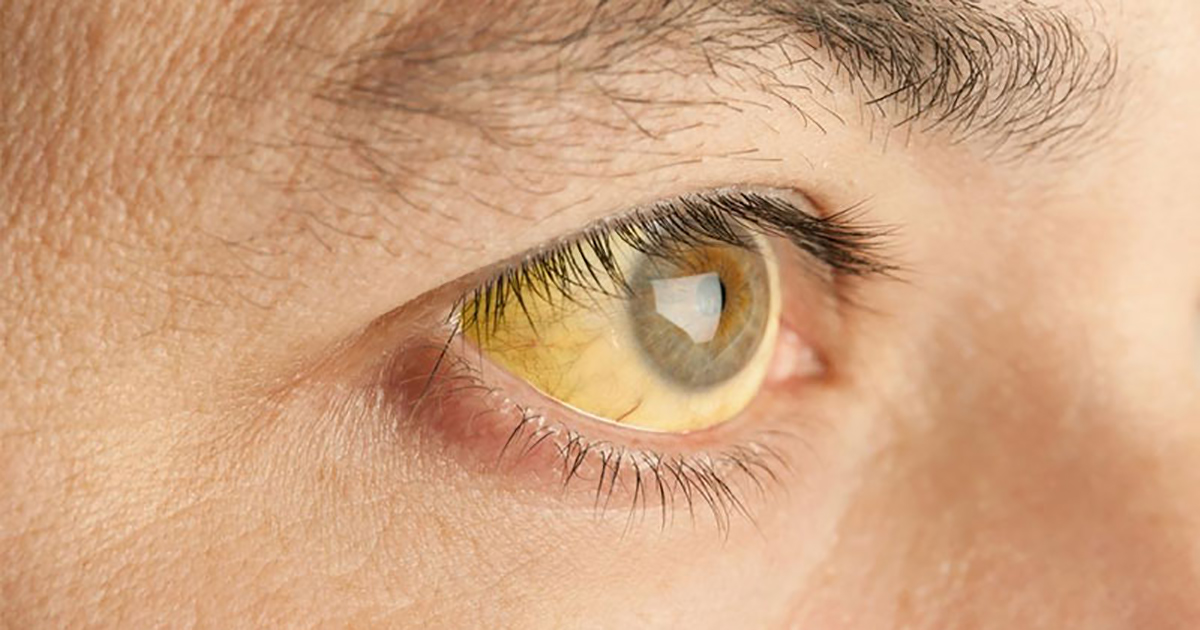Cirrhosis Of The Liver: Symptoms And Causes
The liver is a crucial organ in the body as it carries out a few necessary bodily functions, such as making vital nutrients, cleaning blood, and ridding the body of harmful substances. Unfortunately, there are many ways in which liver function can be compromised. One of the more serious is cirrhosis of the liver, which is a condition characterized by irreversible scarring of the liver.
When healthy tissue in the liver is continuously damaged, it is replaced with scar tissue, which can block the flow of blood through the liver and eventually cause liver failure. It is caused by many different diseases affecting the liver and has many symptoms patients must watch for.
Symptoms

Symptoms of cirrhosis of the liver all patients should watch out for include insomnia, fatigue, itchy skin, weight loss, nausea, changes in appetite, muscle weakness, liver pain or tenderness, red and blotchy patches on the skin, and blood capillaries on the upper abdomen. These symptoms usually occur during the early stages of the disease. Later stages of cirrhosis include irregular heartbeat, hair loss, dizziness, jaundice, confusion, nosebleeds, vomiting, muscle cramps, and pain in the right shoulder. Many of these symptoms can also appear as symptoms of one of the various causes of cirrhosis of the liver.
